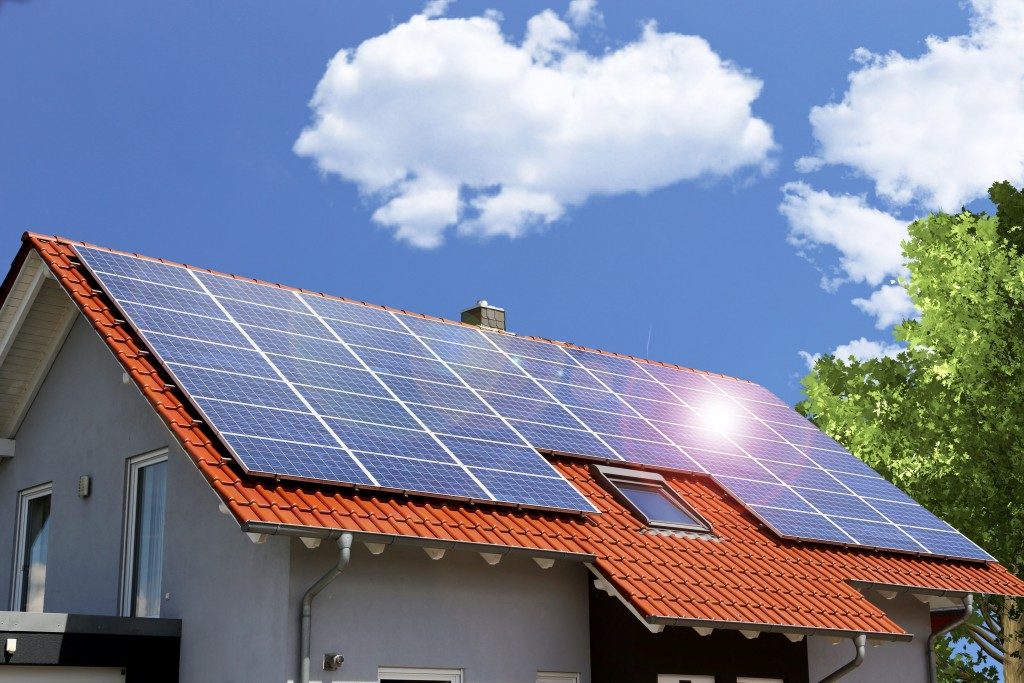The United Nation warns that by 2050, there will be millions of premature deaths due to environmental damage. If you want to take part in the action against environmental decay, you can start by making your home greener.
Making your home more eco-friendly doesn’t have to be a drastic change. With a few simple adjustments in your lifestyle, you can greatly reduce your carbon footprint. Here are some ideas to get you started:
1. Install solar panels
Investing in solar panel systems for residential use is a good idea in Utah and other states with temperate climates. With a solar panel system, you can rely less on energy from traditional sources that use fossil fuels.
2. Wash your dishes in the sink
Using the dishwasher every day consumes more energy than you may think. Whenever possible, wash your dishes by hand in the sink. Alternatively, you can pre-rinse your dishes in the sink before popping them in the dishwasher. Drying them manually can also cut your energy consumption down by 50%.
3. Cut out plastic
Cutting out plastic use at home is the best way to keep the environment from being choked up with plastic waste. Although it may be difficult at first, you will find that it’s easy to reduce plastic once you get used to it. Use reusable bags whenever you can, buy staples and produce with your own containers, bring a reusable bottle every time you go out, and start using beeswax for wrapping food.
4. Install low-flow showerheads and faucets
Replacing your regular showerheads and faucets with low-flow versions can not only cut down on your water bill, but it will also help save water for a more sustainable home.
5. Create a compost pit
The U.S. is one of the largest producers of food waste in the world. To reduce the food waste that’s going to the dumps, make sure you only buy what you can consume. For scraps, create your own compost pit in the garden so that you can produce organic fertilizer.
6. Limit meat consumption
The livestock industry is one of the most significant sources of greenhouse gases that is depleting the ozone. Going vegan isn’t necessary, but reducing your meat consumption can help reduce global greenhouse emissions significantly.
7. Use natural cleaning products
Harmful chemicals in commercial cleaning products end up in the water system, which will require more energy to be purified. Instead of commercial cleaning products, use natural products such as vinegar, citrus fruits, and baking soda, to name a few.
8. Switch to LED lights
LED lights use 75% less energy and will not only help save the environment, but it can also slash off a big chunk of your energy bill. In addition, LED lights can last longer than incandescent lighting.
9. Reduce vehicle use
In a car-centric society, driving is the primary method to get around, but it’s also the biggest contributor to air pollution. Reduce vehicle pollution by carpooling, walking, or using greener solutions such as cycling to work or taking public transportation.
10. Opt for secondhand clothes
Textile waste is also a significant contributor to greenhouse gases and unnecessary addition to the millions of tons of waste in the landfills. Instead of buying new clothes, why not buy pre-loved ones or repurpose your old clothes to make new ones?
Saving the environment should start at home. With simple and easy changes, you and your family can significantly reduce your carbon footprint and ease the harmful effects on the environment. We only have one planet, so we should all do our part to protect it.








